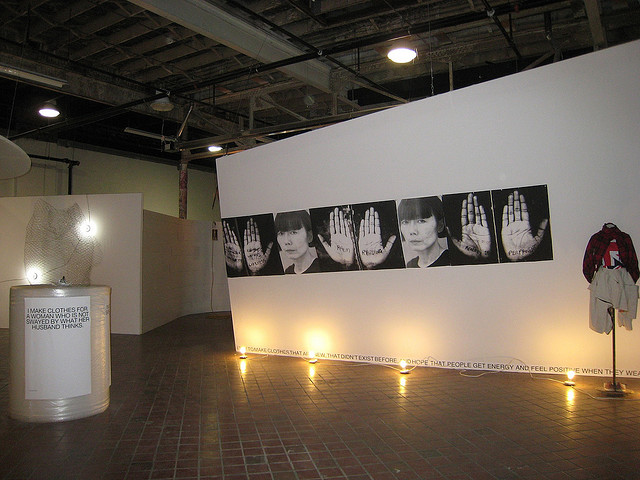Rei Kawakubo: a fashionable mind who sees the future of retail


On June 4 in New York City, the Council of Fashion Designers of America honored Japanese-born, Paris-based designer Rei Kawakubo with the CFDA's International Award. While the professional accolade is obviously a huge achievement, Kawakubo can also be seen as visionary not only for the forward-thinking clothing that characterizes her clothing label, Comme des Garcons (founded in 1969) but also for her uncanny ability to predict future trends in retail.
Two articles in the last week, one by Cathy Horyn of the New York Times, and another by Robin Givahn for Newsweek, offer up fascinating looks at Kawakubo's approach to fashion, as well as how she has "designed" her business. Although Comme des Garcons is privately held, the company has stated its annual revenues at an impressive $200 million.
Kawakubo has pioneered the concept of pop-up stores, creating 47 of them between 2004-2009. At the end of the 2000s, Comme des Garcons stopped creating them--arguably just when the idea became an ultra-mainstream practice. She also developed an eco-friendly store in Tokyo, Good Design Shop, and collaborated with mass-market retailer H&M. Currently, Comme des Garcons is the owner of Dover Street Market, carefully curated stores in London and Tokyo that feature a number of brands other than its own. (In the June 5 issue of the International Herald Tribune, Suzy Menkes reported that Kawakubo is scouting a New York location for a new Dover Street Market.) Comme des Garcons also operates the Trading Museum, an achingly hip membership-based e-commerce site, which has a heady tagline of "the place to buy and sell culture."
As for Kawakubo's own clothing designs, they often defy the logic of attractive, flattering fashion (on runways, she's shown dresses with odd, bulbous details or baggy silhouettes), and instead tend to push the boundaries of material and traditional apparel--just as Kawakubo pushes the concepts of retail and shopping. Both result in fresh ideas, which she is, obviously, constantly producing. How does she spur creativity? The answer is quite mundane. And perhaps because it is so, it can be seen as encouraging for other designers and businesspeople hoping to do the same.
As she told the Times' Horyn:
"My design process never starts or finishes. I am always hoping to find something through the mere act of living my daily life. I do not work from a desk, and do not have an exact starting point for any collection. There is never a mood board, I do not go through fabric swatches, I do not sketch, there is no eureka moment, there is no end to the search for something new. As I live my normal life, I hope to find something that click starts a thought, and then something totally unrelated would arise, and then maybe a third unconnected element would come from nowhere."
Smart retail executives outside of the high fashion world can also find thoughts that might click for their brands by following Kawakubo's experiments. They have the track record of inspiring or at least foreshadowing very strong mass-market trends, despite their avant-garde nature.
Images: installation from Rei Kawakubo exhibition, Molly Ali/Flickr; pop-up store, Yuichi Sakuraba/Flickr
This post was originally published on Smartplanet.com